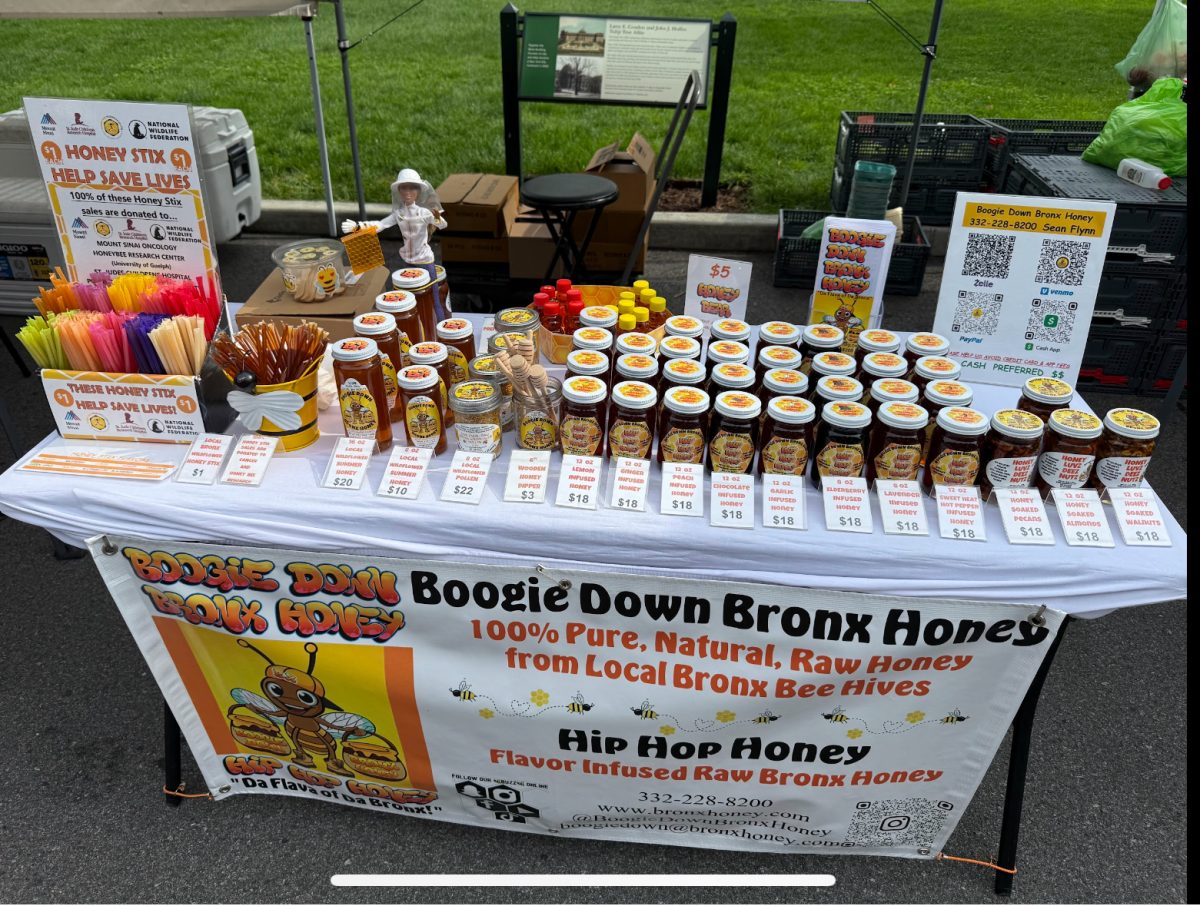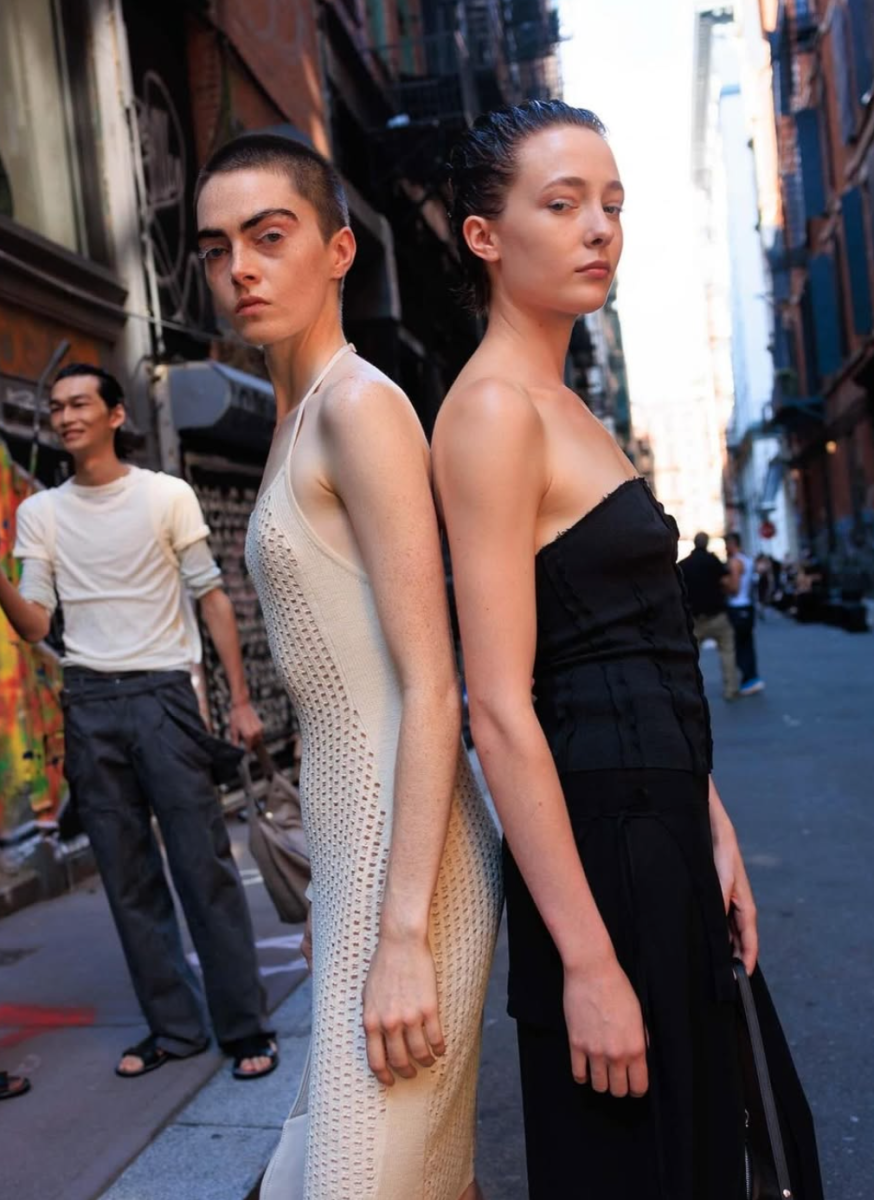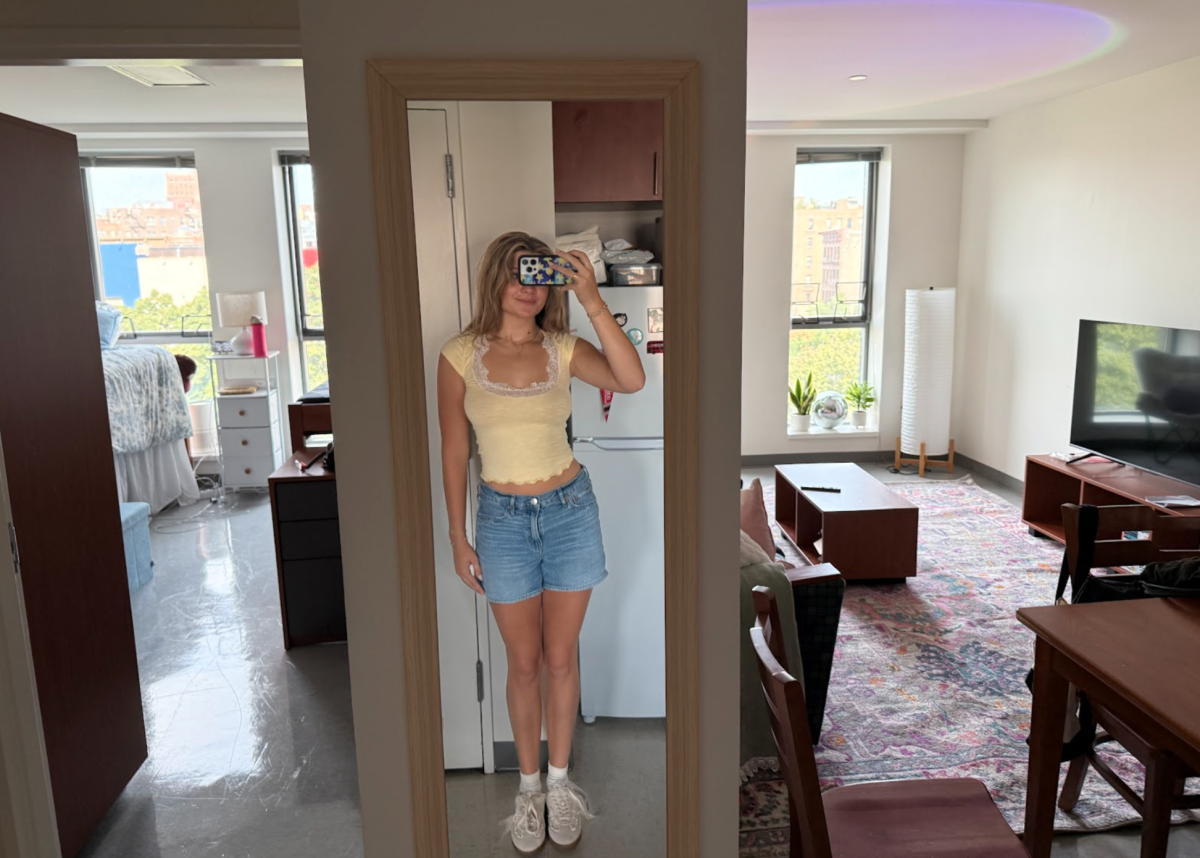By Devon Sheridan
In a column published two weeks ago, Canton Winer, FCRH ’15, former managing editor of The Fordham Ram, wrote about the negative linguistic message behind calling Manhattan “the city.” In his column, Winer harangued the common phrase as one that gives “the inherent suggestion [that] you somehow don’t live in New York City as an ‘outer-borough’ resident.”
His fulmination—well-written and precise—against “Manhattan exceptionalism” pointed to aspects of the diversity and population of each borough (Brooklyn is the most populated) as reasons why Manhattan isn’t the sole soul of NYC. The column’s most interesting nugget of NYC trivia was that, other than Brooklyn, each non-Manhattan borough contains a public park bigger than Central Park.
“Embrace your status as a Bronxite,” Canton begs, and don’t call Manhattan “the city.”
I tend to agree, to a degree. Indeed, if you call Manhattan “the city,” then you are technically committing a linguistic faux pas.
The real issue, however, isn’t whether you slip up and say “the city.” I’ve done it. I do it all the time. I’ll probably do it this week, when I enthusiastically tell random people my plans for my annual autumn trip to “the city” to buy sweaters. Everyone will understand.
The real issue here, which Canton’s piece scratched at, is why we say “the city.”
My qualm with Canton’s column is that he does not to address the real reason why people call Manhattan “the city,” which is the same reason why this column will be read in the Culture section. The unfortunate truth is that, due to decades of redlining and gentrification, the Bronx is not “the place to go.” In fact, it has very few cosmopolitan qualities.
On Yelp.com, a search for restaurants in Greenwich Village, which is New York University’s neighborhood, shows over 6,000 results. The same search for Bedford Park, Belmont and Fordham—the neighborhoods surrounding Fordham’s gates—returns a little over 300 results. Searching for local bars in Greenwich Village returns 4,000 results and 56 for Fordham’s neighborhoods. There are 23 theaters within walking distance from NYU. Excluding Fordham’s on-campus theaters, there are none within walking distance from Fordham University.
The Bronx is comprised almost entirely of very low-income housing neighborhoods. As the poorest borough, its relationship with Manhattan and the rest of the boroughs is, both geographically and culturally, sequestered. In many ways, the only thing keeping the Bronx part of “the city” is that, nominally, it is so.
Let’s not be naive: Students come to Fordham to live in NYC, but their desire to experience “the city” is not fulfilled by the Fordham neighborhood. There are no tall buildings, no trendy restaurants or bars and too few places to see or perform in a show.
These things don’t exclusively make a city a city, but they do affect how people perceive a place as one.
So, if you slip up—both in thought and in speech—and call downtown “the city,” I don’t blame you. And that’s kind of sad, really, because there is a lot that we—the student body, the university and local officials—could do to change that. But, that subject is for another column.











































































































































































































